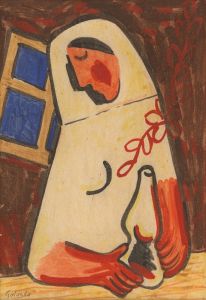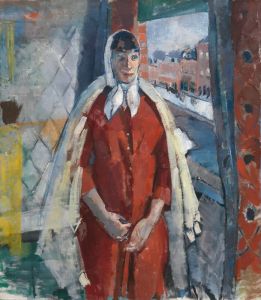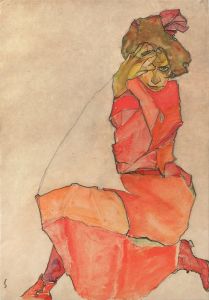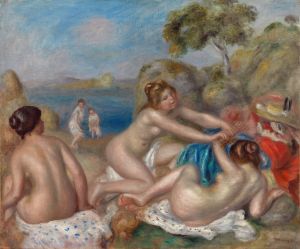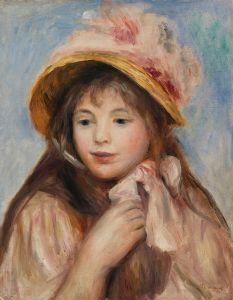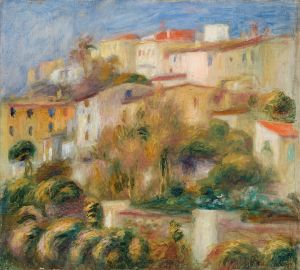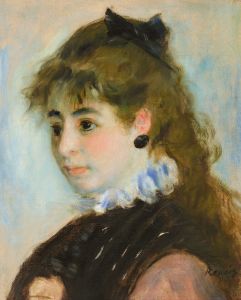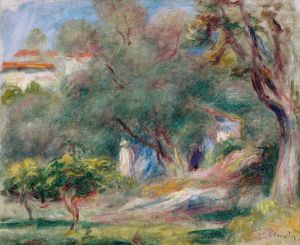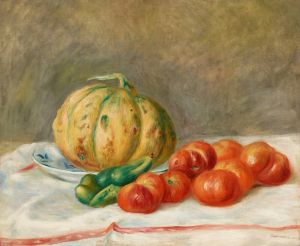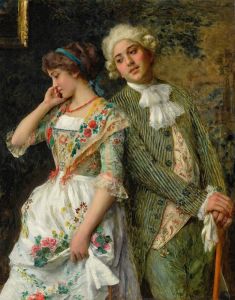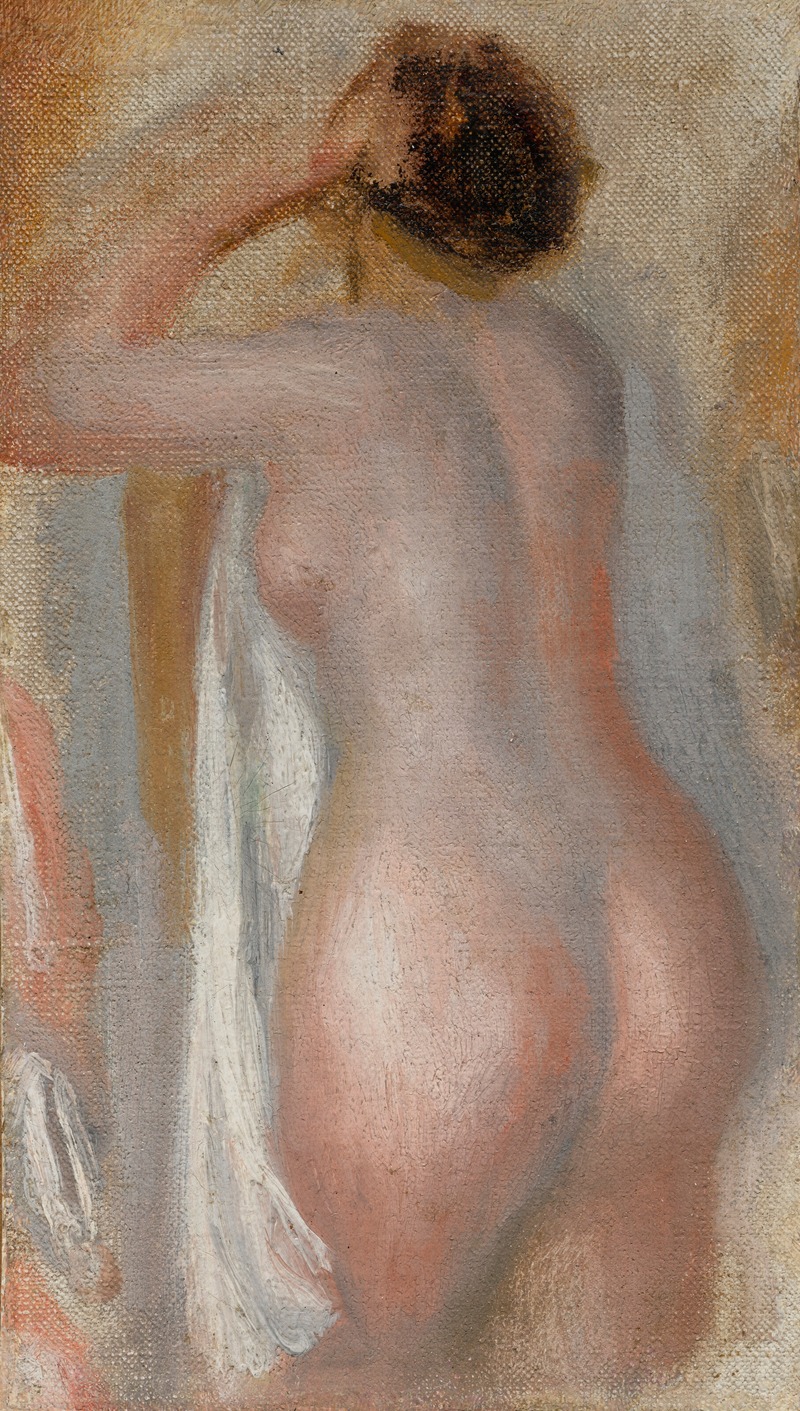
Nu de dos
A hand-painted replica of Pierre-Auguste Renoir’s masterpiece Nu de dos, meticulously crafted by professional artists to capture the true essence of the original. Each piece is created with museum-quality canvas and rare mineral pigments, carefully painted by experienced artists with delicate brushstrokes and rich, layered colors to perfectly recreate the texture of the original artwork. Unlike machine-printed reproductions, this hand-painted version brings the painting to life, infused with the artist’s emotions and skill in every stroke. Whether for personal collection or home decoration, it instantly elevates the artistic atmosphere of any space.
Pierre-Auguste Renoir, a prominent French artist and a leading figure in the Impressionist movement, is renowned for his vibrant light and saturated color, often focusing on people in intimate and candid compositions. One of his works, "Nu de dos" (translated as "Nude from the Back"), exemplifies his skill in capturing the human form with sensitivity and grace.
"Nu de dos" is a painting that showcases Renoir's fascination with the female form and his ability to render it with a sense of warmth and vitality. The painting depicts a nude woman seen from behind, a pose that allows the viewer to appreciate the curves and contours of the human body. Renoir's brushwork in this piece is fluid and expressive, contributing to the overall softness and sensuality of the image. The use of light and shadow is particularly noteworthy, as it highlights the model's form and adds depth to the composition.
Renoir's approach to the nude was influenced by his admiration for the great masters of the past, such as Peter Paul Rubens and Titian, who also celebrated the beauty of the human body in their works. However, Renoir's interpretation is distinctly modern, characterized by a more relaxed and naturalistic portrayal. His nudes are not idealized in the classical sense but are instead imbued with a sense of immediacy and presence.
The painting "Nu de dos" is part of Renoir's broader exploration of the nude genre, which he revisited throughout his career. This interest was not merely academic; it was a genuine appreciation for the beauty and complexity of the human form. Renoir once remarked on the importance of painting nudes, stating that it was a fundamental aspect of art that allowed for the exploration of form, color, and emotion.
Renoir's nudes, including "Nu de dos," often evoke a sense of intimacy and tranquility. The model in this painting is depicted in a relaxed pose, suggesting a moment of quiet reflection or repose. This sense of calm is enhanced by Renoir's use of a warm color palette, which envelops the figure in a gentle glow. The background is typically understated, ensuring that the focus remains on the model and her serene presence.
Throughout his career, Renoir faced both praise and criticism for his depictions of the nude. Some contemporaries lauded his ability to capture the essence of femininity, while others critiqued his approach as overly sentimental. Despite this, Renoir remained committed to his vision, continuing to explore the theme with unwavering dedication.
"Nu de dos" is a testament to Renoir's mastery of the nude form and his ability to convey the beauty and complexity of the human body. It reflects his broader artistic philosophy, which emphasized the importance of capturing the fleeting moments of everyday life with warmth and sensitivity. Today, Renoir's works, including "Nu de dos," are celebrated for their contribution to the Impressionist movement and their enduring appeal to audiences worldwide.





